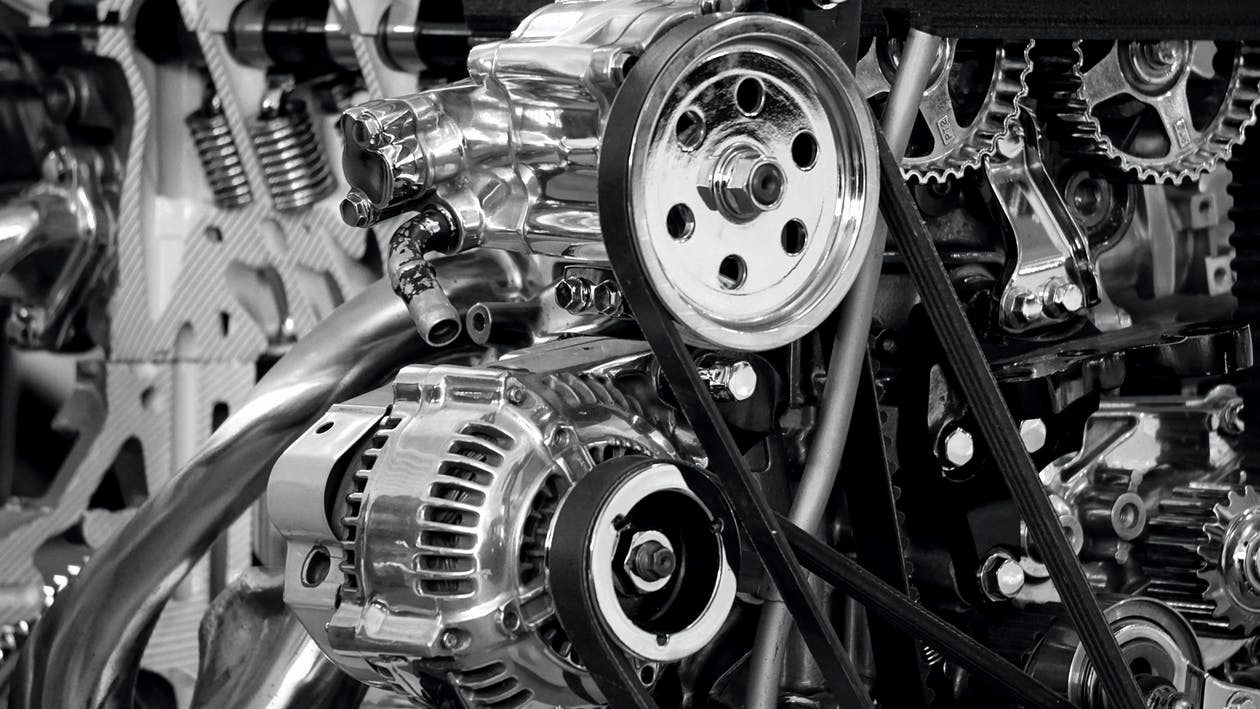Synchronous Motors Vs. Induction Motors: Is One Really Better than the Other?

The induction motors, aka the asynchronous motors, is a default choice within the automotive industry, although that has changed to a great degree in the last 3 – 5 years. To know if one is better than the other, we will need to first clarify the differences between these two.
Table of Contents
The Main Variance In between Asynchronous and Synchronous Motors
In the case of an AC motor, two factors are key in deciding the engine’s rotating field speed. Whether it’s synchronous or asynchronous. These would be the following:
- Supply voltage frequency
- total number of magnetic poles or bars
Synchronous AC motors are those where the rotational speed of the rotor is always in synchronization. With the rotating magnetic field of their stator. On the other hand, if the rotor is engineered to always rotate at speed slower than the rotating magnetic field, the engine would be classified as an asynchronous motor or induction motor. It is the main difference between the two, although there’s a lot more to know about the working principles behind synchronous motors for those interested.
Is One Better than the Other?
Just like many things in business, it’s all about specific scenarios and perspectives. In some instances, induction motors do present a better option than synchronized motor, but the synchronized motor is certainly a more energy-efficient system under most circumstances. As we briefly elaborate more on the uses, advantages, and disadvantages of the two, making the right decision should become easier.
Synchronized Motors are Highly Efficient
The latest electronically switched, synchronous Servo motors provide amazing energy efficiency with their brushless design and the inbuilt magnetic rotor, which keeps the stator permanently excited on activation. They have essentially eliminated the need for external DC excitement.
Given that the electromagnetic rotor generates all the current that it needs to from its inbuilt magnet, synchronizing with the stator’s speed becomes a flawless, continuous process. Given that the rotor also de-energizes and stops at precisely the same time as the stator, the energy efficiency is as close to being perfect as it can be. Even when the load fluctuates, the synchronization remains unaffected.
Asynchronous Motors are Cheaper
Asynchronous motors are cheaper to manufacture, and, as a result, the machines being powered by them are also more affordable for the customers. It is the prime reason why most manufacturers prefer the old induction engines. However, that price gap is not as big as it used to be anymore, while the energy efficiency of the motors has increased exponentially from its early days. Remember that variable speed is not something that synchronous motors can deliver on, which is why induction motor are not going to go out of fashion in the automotive industry anytime soon.
Modern synchronous motors do offer a better proposition for industrial vehicles and robotic equipment. Inside factories, dependable AC motors maintain speed despite frequent load changes. When discussing industrial volumes, the energy saved from this alone makes up for the extra initial expense within a very short time.





